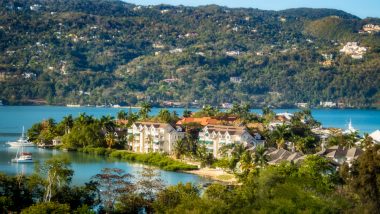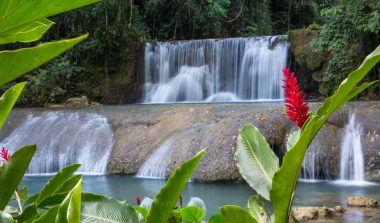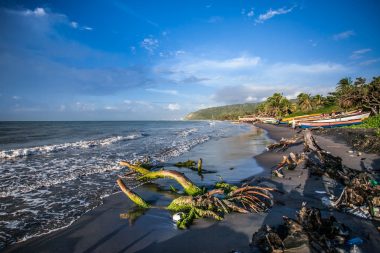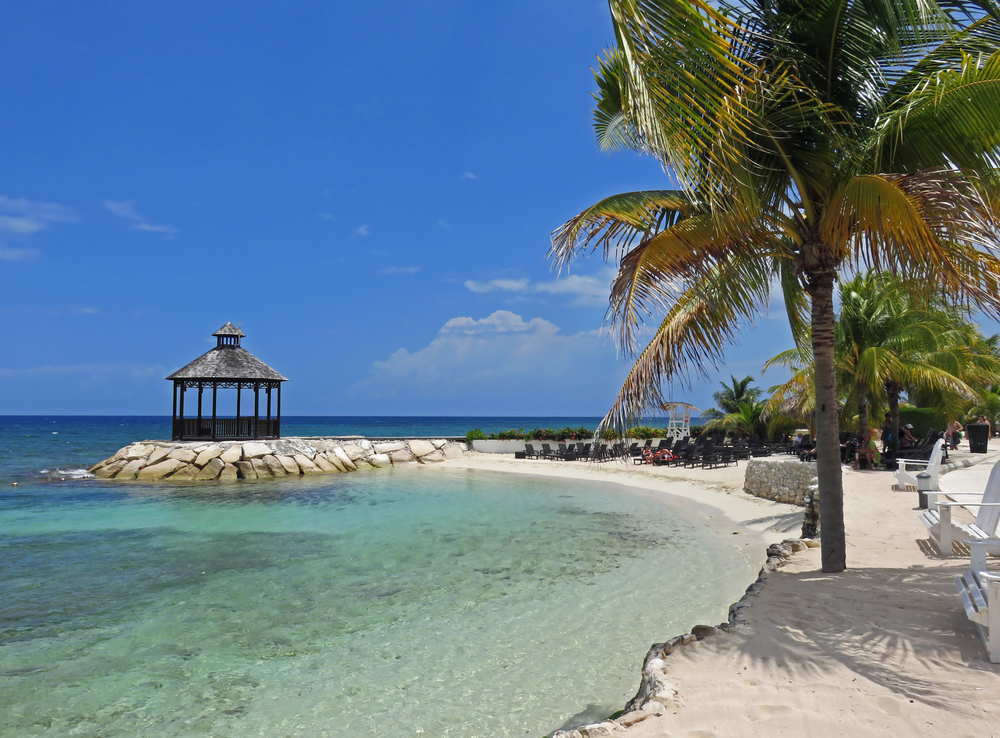The island of Jamaica probably has a rather amusing reputation for the typical vacationer. In most cases, the first things that come to mind are associated with Bob Marley, raggae music, typical Caribbean food and, last but not least, one or two intoxicating substances. And while the Jamaicans are indeed a people of their own, who have succumbed to sensual pleasures to a special degree, the island itself has a long history. For centuries, the colonial powers played an important role here and the indigenous peoples of the island have also left their traces to this day.
Jamaica, like most of the islands in this region, is an island of contrasts. The cities and the people testify to the special image of the Jamaicans. But just a few minutes out of the city and you can find yourself in impressive forests or on beautiful beaches. The island is still closely connected to nature today and despite tourist development, much of the original natural treasures have been preserved. In addition to the beaches, which are also paradises for divers and surfers, and the vast original forests of the island, you have a wonderful interplay of modern civilization and the original Caribbean.
Discover the history of Jamaica on every street corner
Jamaica is an almost young island in direct comparison. It was not until the seventh century that the first original settlers settled here. After the “discovery” by the Spaniards and years of fighting, it was finally the British who took over the island and began to build state structures. Even today, Jamaica is part of the British Commonwealth. So you shouldn’t be surprised if British flags can be found in every souvenir shop and the image of Queen Elizabeth is just as much a part of the street scene here as it is in the British Empire itself.
Most visitors to Jamaica will start their vacation in the capital city of Kingston in one way or another. In the past, the city did not have a particularly good reputation, but this has been worked on in recent years and the city is changing. Above all, however, it has been the center of the island since the British colonial era and here you will find some of the cultural highlights that can be found on the island. Admittedly, the city has its own charm and other cities are a little more geared towards tourism. In any case, the Bob Marley Museum and the National Gallery are must-see destinations. Raggae and not least Bob Marley play a major role in the culture of the Jamaicans and in their self-image. This is not only about his music, but also about the Rastafarian cult, which is almost something like an official religion in Jamaica.
Port cities and tourist strongholds on the island
Negril

There are several places on the island that are perhaps a little more welcoming than the capital. One example is the town of Negril. The city, with its artisan stalls and festivals, is much more relaxed than the rest of Jamaica. Here you should have visited Ricks Cafe – the restaurant at all when you talk about Jamaica. In addition, the entire area around the city is under nature conservation. There are impressive bays and beautiful landscapes, which are also protected from increasing tourism for the first time on the island. Guided tours are recommended here in any case.
Montego Bay

The lively port city of Montego Bay, or MoBay for short, is another example of how cities next to Kingston have adapted to tourists. However, this is also where most of the tourists on the island are found. On the other hand, many tours through the country’s parks start from here and you could, for example, go rafting through the untouched parts of the island. Again, you should always have an expert at your side. An insider tip in the city is the Rose Hall Great House – here you can enjoy a spooky tour in the evening that delves deep into the history of the house that is considered cursed.
Nature and adventure on the island of Jamaica

Jamaica is large and expansive, and yet there are only a few parts of the island that can really be explored on your own. This is partly because tourism has destroyed many areas of nature and partly because the island has simply never been developed in some parts. Particularly famous are the YS Waterfalls and the Dunn Waterfalls, which feed from the rivers of the islands and provide a great sight for photos and memories. By the way: A tour of the country’s rum plantations is also worthwhile in any case. The necessary sugar cane has been grown and processed here since the late 18th century.

If you like it a little quieter, you should take a look at the beaches such as Treasure Beach in the south of the island. There are many locals here and tourists comparatively rarely get lost in the small villages and huts. Local cuisine is just as easy to find here as the hospitality for which the island is actually known, but which has been partially lost in other parts of the country today.
Jamaica is an island of contrasts that has various adventures and ups and downs to offer. If you take a little time and if you leave the noisy capital, you have a lot of typical Caribbean charm to discover here.
The most important questions about Jamaica
How long does it take to fly to Jamaica?
From Frankfurt to Montego Bay, the flight time is 11 hours and 15 minutes
What language is spoken in Jamaica?
The official language is English. The inhabitants speak Patois, a Creole-Jamailan language with English roots.
What is the capital of Jamaica called?
The capital Kingston was founded in 1693 and has over 1.2 million inhabitants on an area of 480 km².
What is the time difference between Germany and Jamaica?
In summer time, the time difference is -7 hours. If it is 6:00 p.m. in our country, the time in Jamaica is 11:00 a.m.


